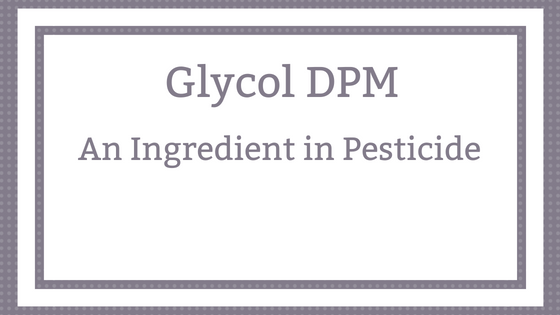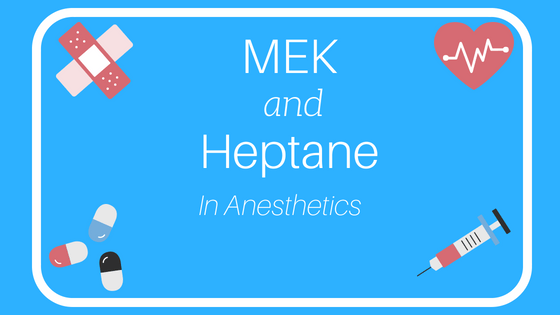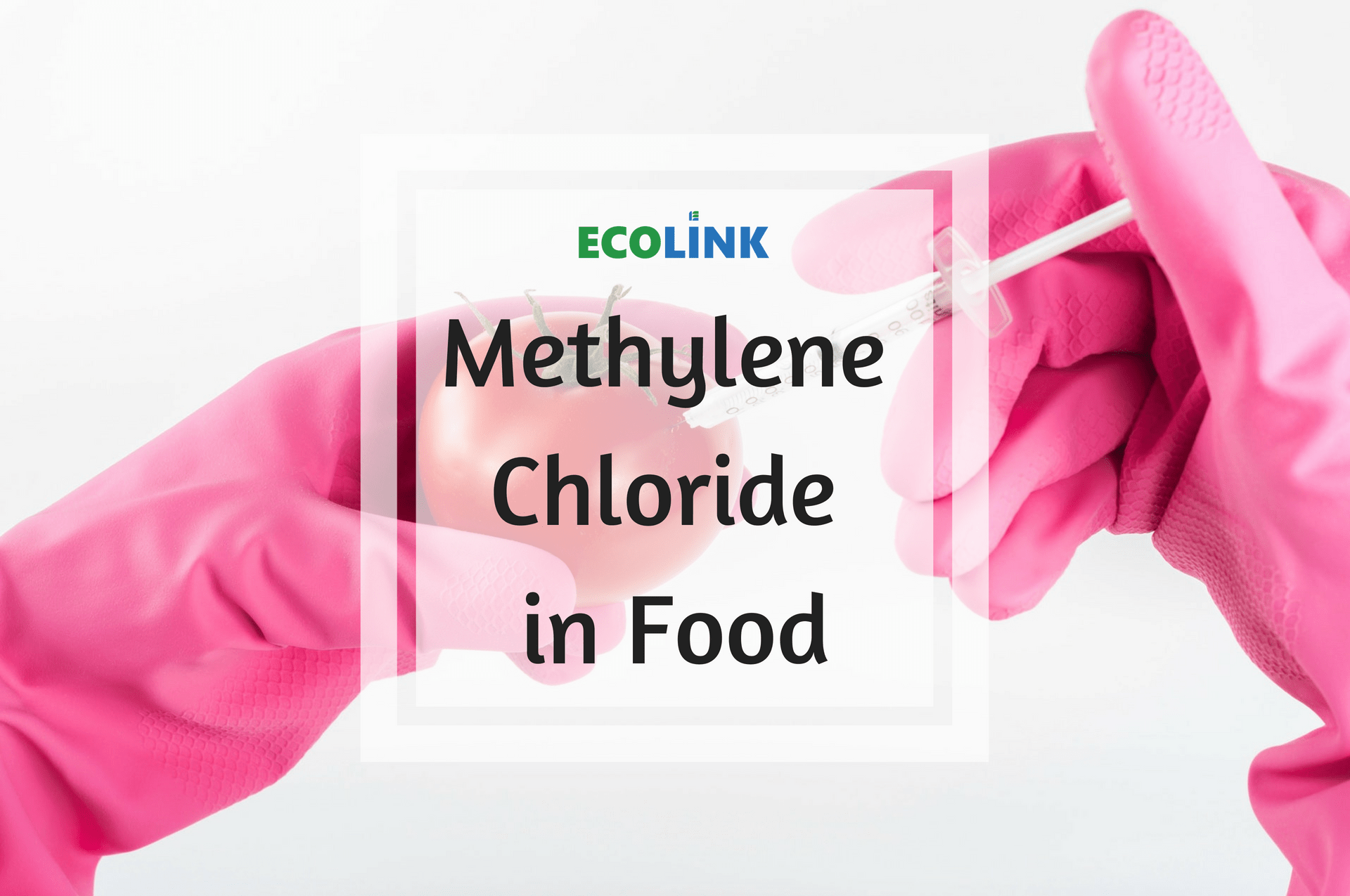Lacquer #11 is comprised of Toluene, Methanol, and Acetone, while Lacquer #51’s components are Toluene, Acetone, Methanol, and 2-Butoxyethanol, and Lacquer #48 is made up of Toluene, acetone, MEK, and 2-Butoxyethanol. These lacquer thinners share many...












